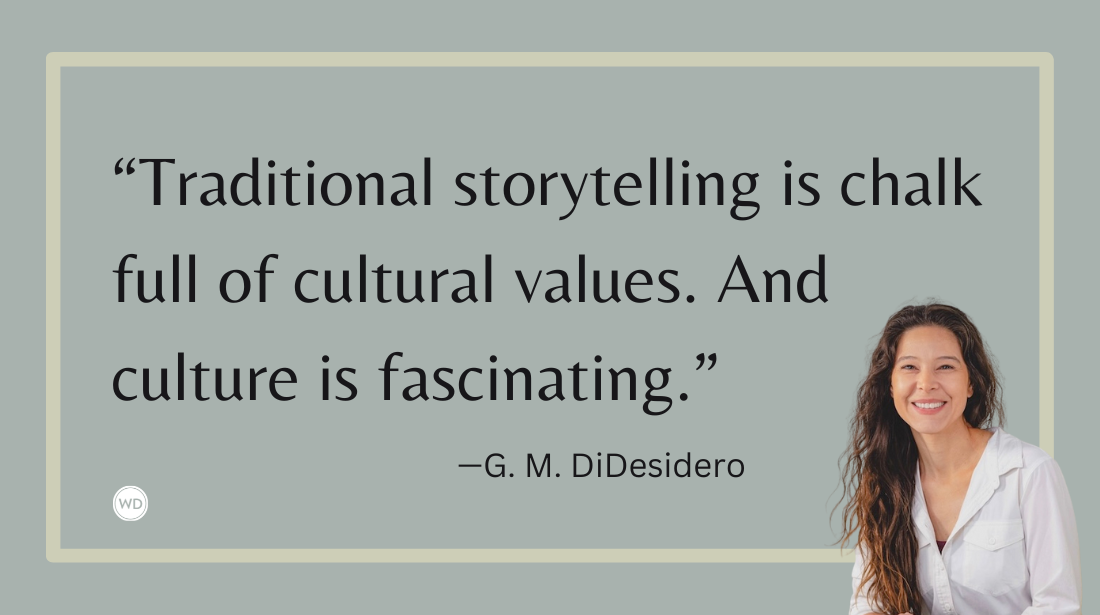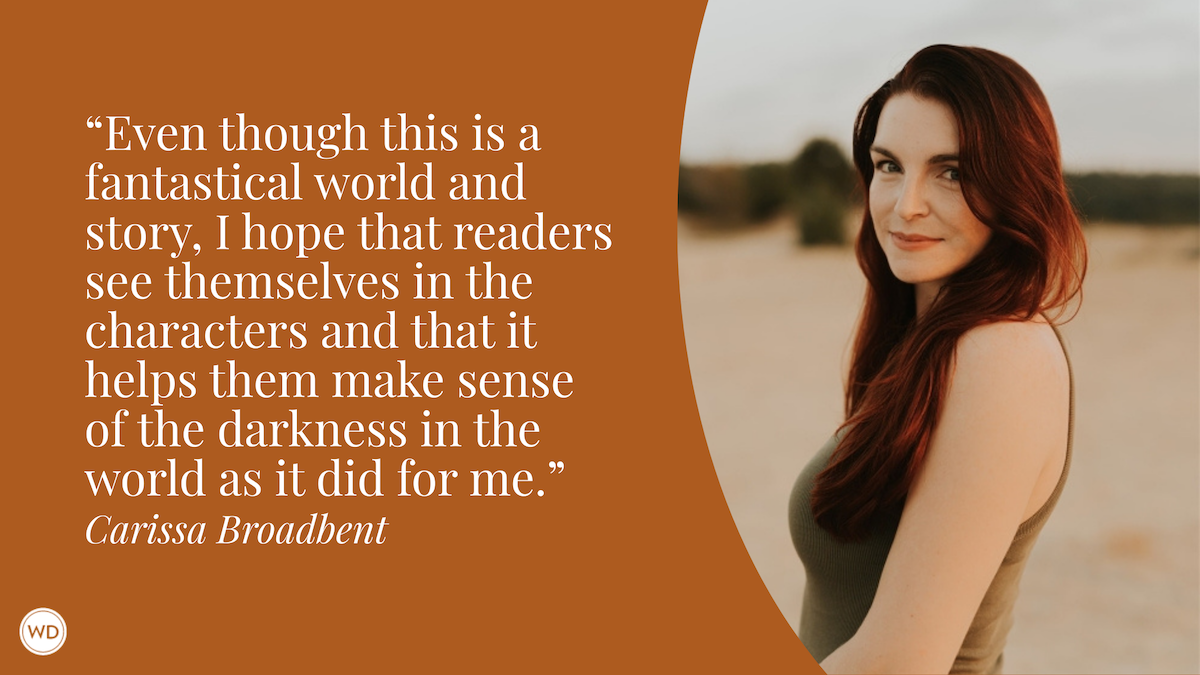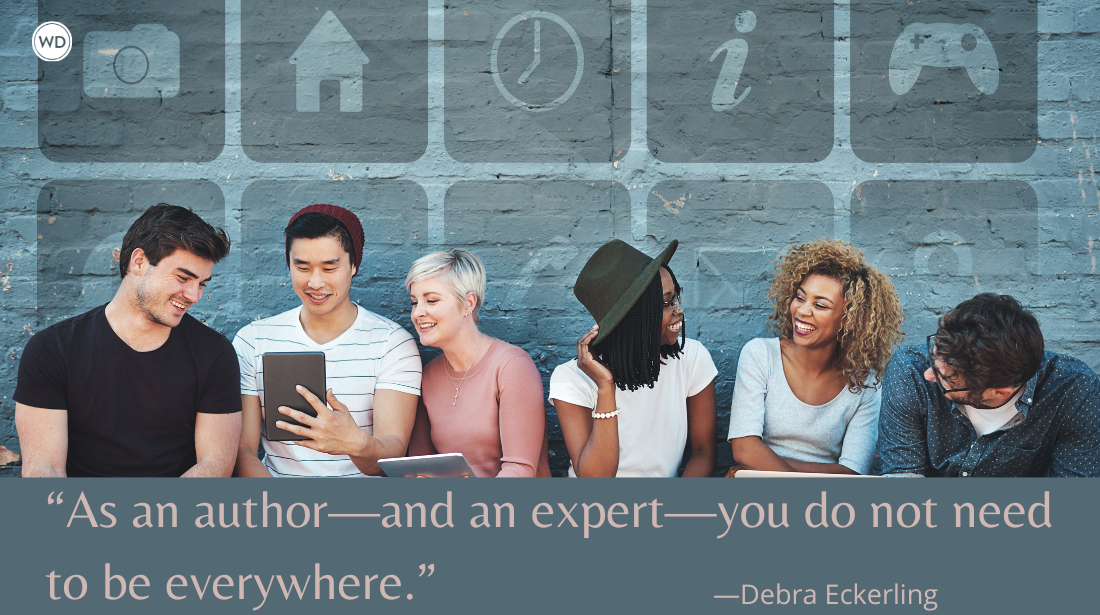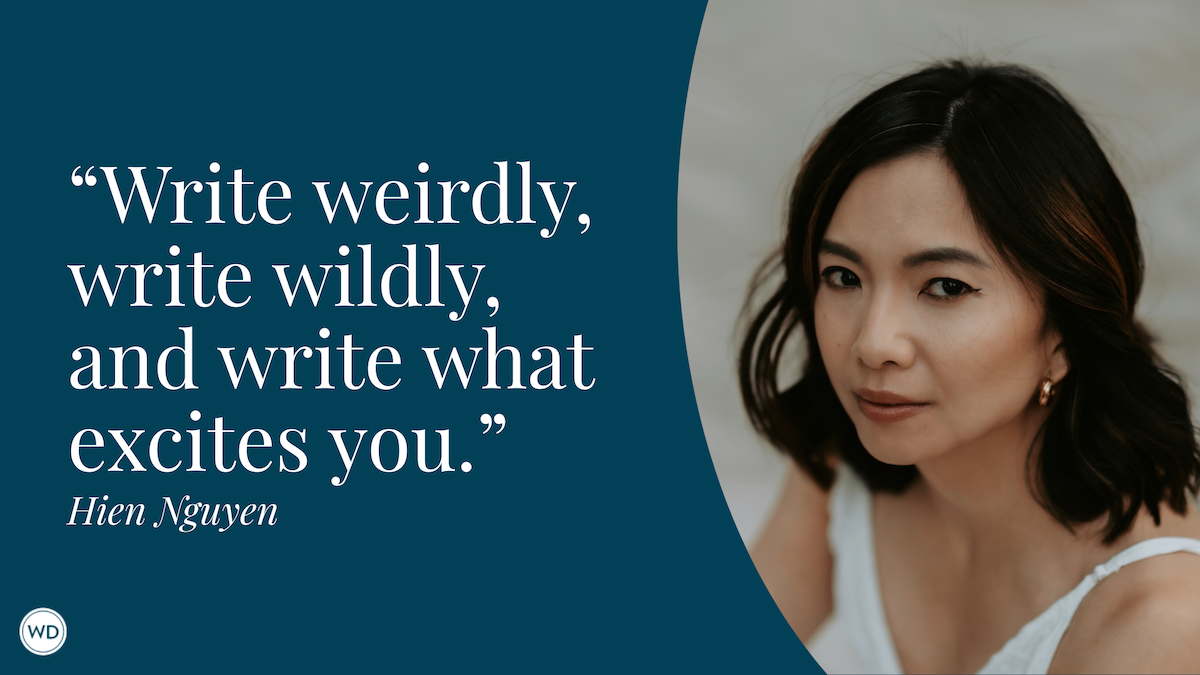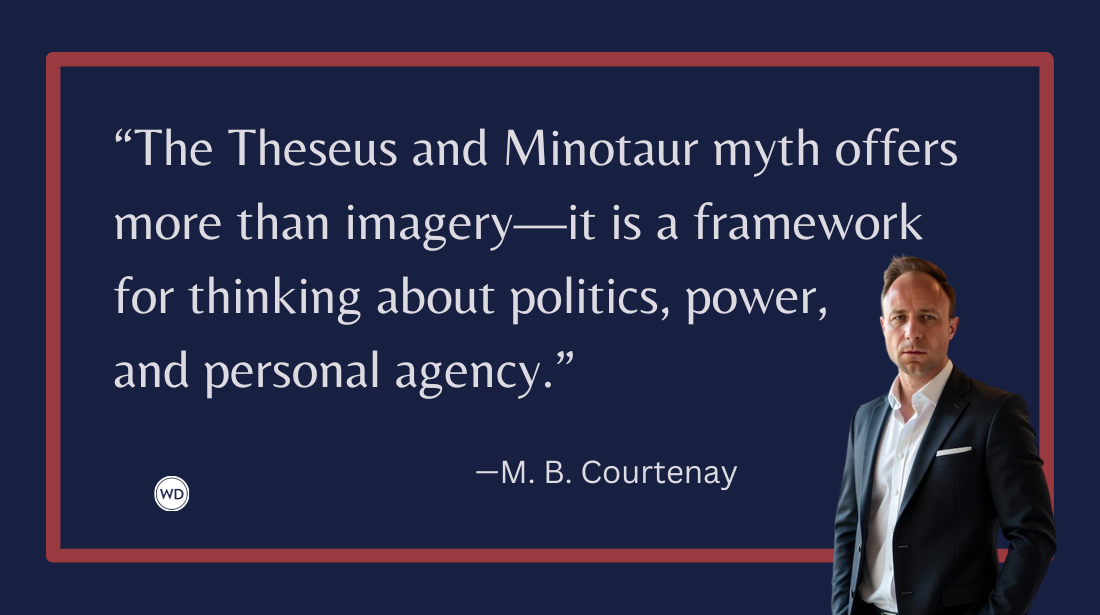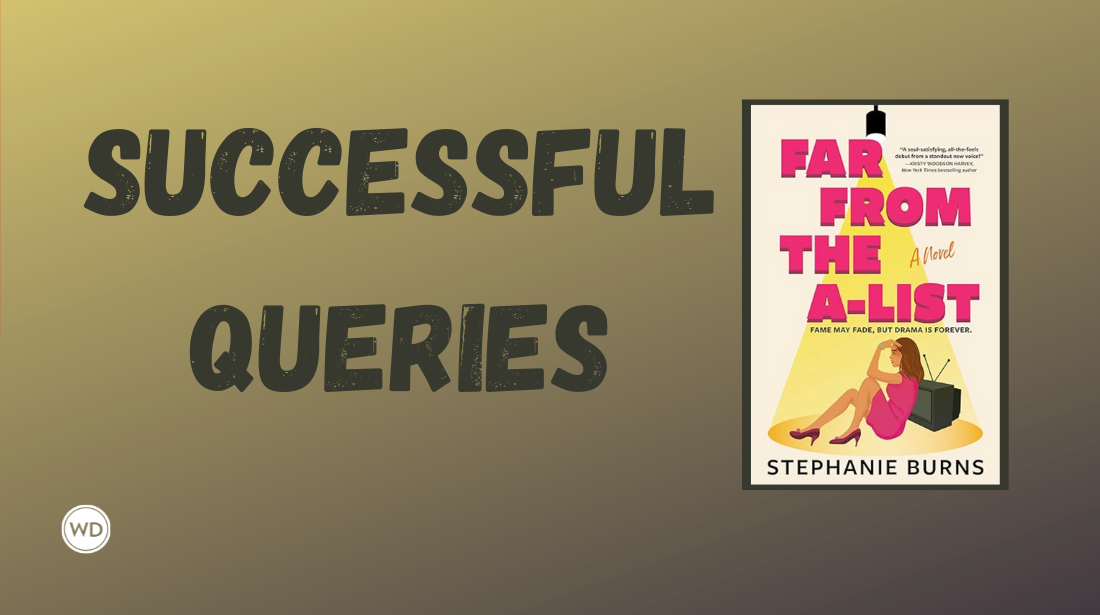Picturing Success: A Guide to Crafting Picture Books and Landing Agents
Author Alyssa Reynoso-Morris breaks down the process of crafting picture books and then landing a literary agent for your project.
Writing a picture book is a dream for many—but turning that dream into a career takes craft, perseverance, and the right publishing partner. As a wife, mom, former community organizer, and proud author of five children’s books (Plátanos Are Love, The Bronx Is My Home, Gloriana Presente: A First Day of School Story, Pieces of Home, and Bold, Brilliant and Latine), I know firsthand how rewarding—and challenging—this journey can be.
If you’re ready to create strong manuscripts and find the perfect literary agent, this guide will help you every step of the way.
Part 1: Crafting a Strong Picture Book Manuscript
Read at least 100 picture books.
Before you can write one, you need to immerse yourself in the genre. Pay close attention to pacing, word choice, character development, themes, point of view, plot, and word count.
Reading widely will also help you see whether your manuscript idea feels fresh. Has it been done a million times before? Is it a concept you can add your own unique twist to make it stand out?
Then, write—and rewrite.
- Write the story of your heart.
- Edit with intention. Remember, 90% of writing is rewriting.
- Find critique partners or groups to give you honest feedback.
- Authors (like me) offer professional critiques at a fee. We will read your manuscript and give you feedback to help you get it ready for publication.
Invest in your education.
Read great craft books like Writing Picture Books by Ann Whitford Paul.
Join organizations like:
- Writer’s Digest (subscribe to the newsletter and take their online classes)
- SCBWI (Society of Children's Book Writers and Illustrators)
- Highlights Foundation workshops
- The Children’s Book Academy
- The Author’s Guild
Part 2: Picture Books 101
Each genre has a target audience. As you write a picture book, you need to keep some key elements in mind. The age range of readers is 4–8 years old, and the age range of your main character is 5–9 years old.
The most important rule is to make sure your main character has agency—they should drive the story forward, not just be helped along by adults or friends.
When I work with clients, their manuscripts tend to be too long. If you are writing a fiction book, aim for a word count of 300–700 words. If you are writing a nonfiction picture book, the word count should be about 1,000 words. Additionally, picture books are typically 24 or 32 pages (sometimes 40, rarely 48+).
Part 3: Agents 101
If you want to traditionally publish your manuscript you will need a literary agent so let’s break it down.
What is a literary agent—and why do you need one?
An agent helps sell your manuscript to publishers. Most publishers do not accept manuscripts unless they come from an agent. In other words, if you send your manuscript to an editor it will most likely get trashed.
After your agent sends your manuscript to publishers, if an editor wants to buy it, your agent will negotiate your contract. Publishing contracts are LONG—they can be 20+ pages and your literary agent will make sure you get a good book deal. Ultimately, a literary agent will advocate for you every step of the way.
Where to find agents:
- QueryTracker.com
- SCBWI directories
Be sure to do your homework when it comes to finding the right agent. A bad literary agent is worse than no agent. Finding the right agent is like finding the right partner who will champion your work.
What agents are looking for:
- A polished manuscript
- A strong, customized query letter
- NOTE: For picture book authors, you need to have at least 2–3 polished manuscripts ready.
Expect rejection—but don't get discouraged.
I was rejected by about 50 agents before finding the right one. All it takes is one yes. The best advice I can give you is to keep writing, while you're querying. Grieve the rejections, but don't stop creating. I cried. I was frustrated. I felt like giving up. But I am glad I did not.
Part 4: Writing a Great Query Letter
Customize your query letter for each agent.
A strong query should include:
- Why you're querying that particular agent?
- A brief, engaging pitch of your book
- A short bio highlighting your relevant experience
Get feedback.
- Share your letter with critique partners.
- Study examples (you can find a sample of the query letter that helped me land my agent here).
Continue educating yourself.
Organizations like SCBWI, Highlights Foundation, The Word: A Storytelling Sanctuary, Writer’s Digest, and We Need Diverse Books offer workshops specifically on querying.
Part 5: The Agent Call
Congratulations—you’ve been offered "the call!" This is your chance to interview them and see if it’s the right fit.
Questions to ask include:
- What drew you to my work?
- How do you give editorial feedback?
- How many clients do you represent?
- What is your submission process like?
- What happens if a manuscript doesn’t sell?
- How do you handle contracts?
- How flexible is the agency agreement if things don’t work out?
What NOT to ask:
Avoid asking, "How much will you sell my book for?" or "How long will it take?" Publishing is unpredictable, and those answers can vary wildly.
In sum, writing picture books and finding an agent isn’t an overnight process—it’s a journey filled with learning, revising, and a lot of heart. It took me over five years to finally get published and I know authors who have been working toward publishing for over 10 years. Just don’t give up.
Your voice matters. Your stories matter. And with persistence and preparation, you can find the right partners to help you bring your books into the hands of young readers around the world.
You’ve got this. Happy writing!
Alyssa Reynoso-Morris is a queer Afro-Latine/x Dominican and Puerto Rican award-winning storyteller. Her ability to weave compelling stories has opened many doors for her as an author and speaker. She is also a mother and community organizer. During the day, she works with community members, non-profit organizations, and government officials to make the world a better place. Then she puts her writer’s hat on to craft heartfelt stories about home, family, food, and the fun places she has been. Alyssa was born and raised in The Bronx, New York, and currently lives with her partner and daughter in Philadelphia, PA. She is the author of Plátanos Are Love, The Bronx Is My Home, and Gloriana Presente: A First Day of School Book. She hopes you enjoy her stories. She can be contacted for manuscript critiques, author development sessions, author visits, and speaking engagements via her website www.alyssaauthor.com. (Photo credit: Eissell Fernandez)




